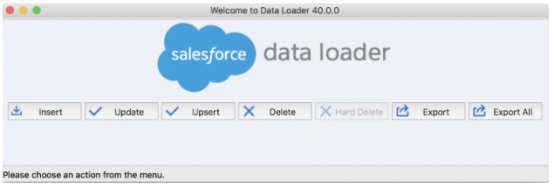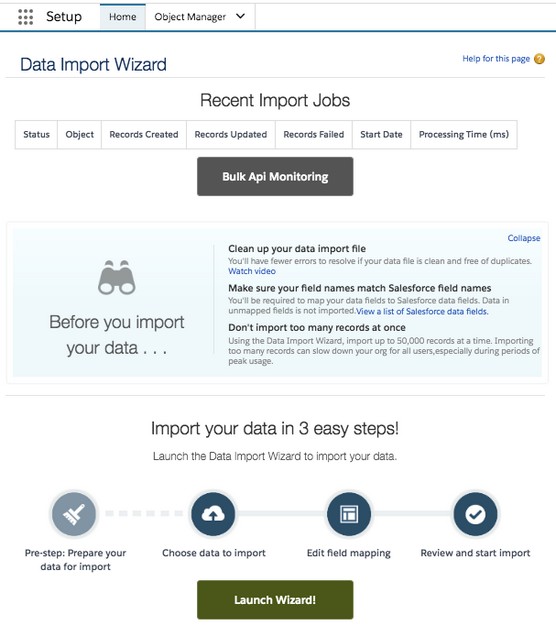
In particular, understanding the source data – which is likely the most important part– cannot be automated by tools, but requires analysts to take time going through the list of fields one by one. What takes so long? Well for starters, some amount of time is needed for every aspect of every field, including understanding the field, mapping the source field to the target field, configuring or building transformations, performing tests, measuring data quality for the field, and so on. There will almost always be a number of hidden challenges and slowdowns along the way that you weren’t able to foresee when you got started. Don’t assume it will be quick and easy, no matter how “simple” you think your database is. Make realistic time estimatesĭata migration is complex and time-consuming.

If you have been in business for 20 years, is it really going to be that helpful to know open and close dates for accounts in 1998? Was your system even digital then? Don’t be afraid to clip out fields and data that you just don’t use anymore.Īlso, because you are already taking the time to look at your business process, you can also take this opportunity to identify what fields or data you don’t currently have but would like to begin adding and tracking. You wouldn’t throw all your old junk and trash from your old car into a new one, so don’t do it with your data either.Įarly on in the project, you should decide exactly what it is you really want to keep, and how far back you need to go. Start by deciding on what data you want to migrateĮspecially if you are moving to a new CRM or another system, do yourself a favor and start fresh. Start by deciding on what data you want to migrateġ. So with all of this in mind, and in the interests of everyone migrating data out there, we want to present a few tips to help ensure a successful data migration. Small hiccups can be annoying and cause delays, while significant problems can potentially cause the implementation to fail completely. However, when working with any new implementation, your data migration stage is crucial. Because of all of these factors, data migration often gets the reputation of being quite a headache. Not to mention that different people simply are more thorough at inputting data than others.

Either way, the way you handle data can change over time. Over the years, maybe you changed some of your business processes or added a number of new apps. The more complex the system, and the longer you have been collecting data, the harder it can be to accurately understand, process and transfer all your essential business data.

Data Migration can be a stressful and challenging process, even for seasoned professionals.


 0 kommentar(er)
0 kommentar(er)
